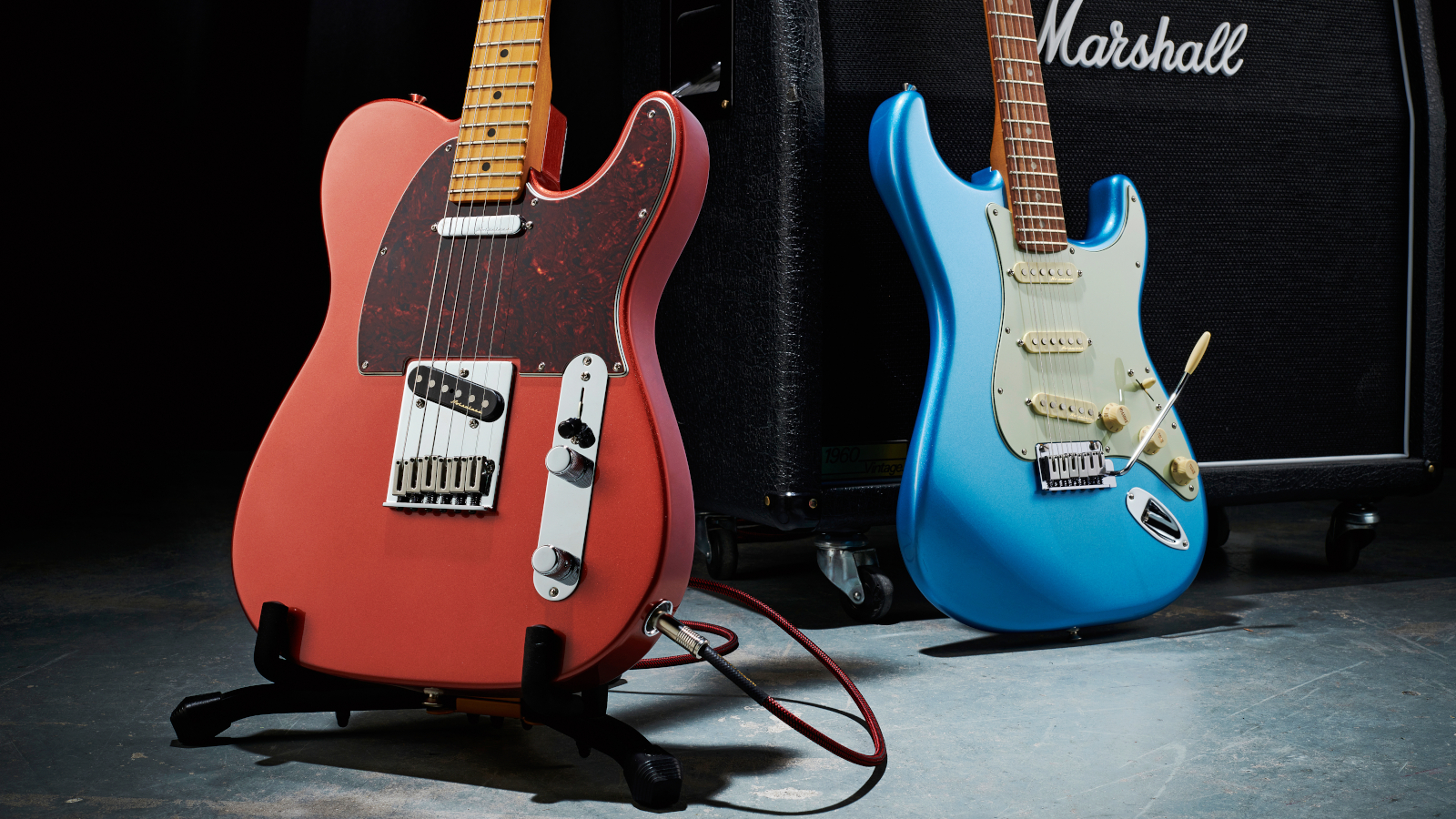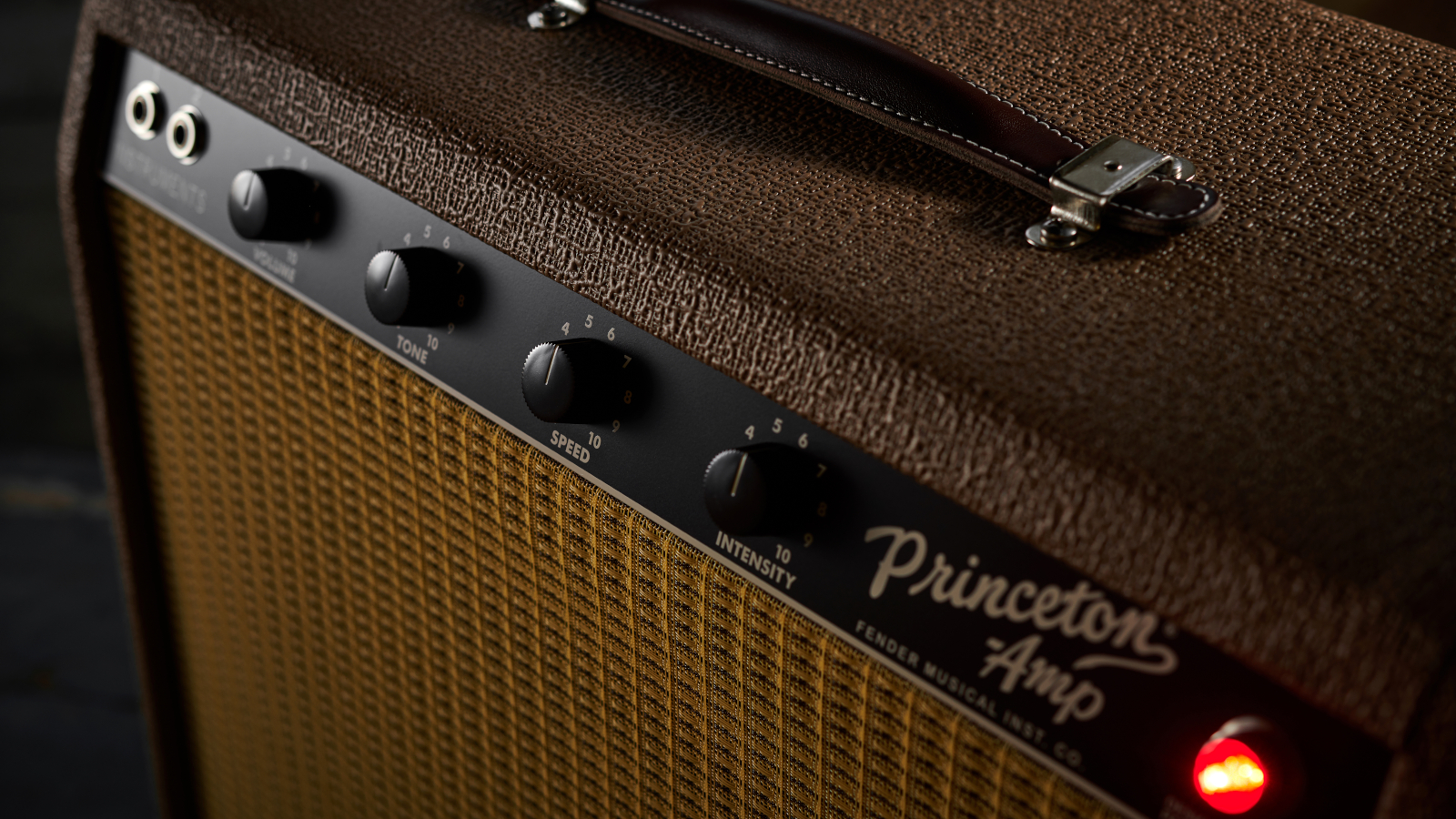
Granted, times have changed since the session glory days of the ’60s and ’70s, but there is still a wealth of opportunities for the aspiring session guitarist who is willing to put in the work and research to obtain and keep those gigs.
Whether you’re a seasoned pro struggling with a sporadic session calendar, or you’re just getting started in the recording world, this article is designed to help you hone some necessary skills for succeeding.
Today’s Session Jobs
As in the days of Tommy Tedesco (Bonanza, Twilight Zone, The Deer Hunter), there is still highly lucrative work in the major recording studios for extremely versatile guitarists who can sight read anything put in front of them.
These jobs are, of course, for a select few who have “paid their dues” over many years, but don’t be discouraged!
There is a wide variety of session work out there that runs the gamut from entry-level to pro status.
Here’s a list of jobs available in today’s scene:
- Demos for budding songwriters (from supplying basic rhythm guitar to coming up with riffs and solos)
- Sessions for composers putting together source libraries (short, medium and extended passages of composed music examples; sometimes improvised on the spot)
- Guitar recording for video-game soundtracks (this can be a good niche gig for metal players)
- Sessions for pre-recorded background music used for corporate presentations (such as for large company events)
- Sound-alike recordings of popular songs (Karaoke)
- Prerecorded music for Broadway-style productions
- Background music for cartoons, reality tv, daytime soap operas, etc.
- Session work for student films and small independent companies
Top Gear
All you really need to get started is an acoustic guitar, an electric guitar (both properly set up and intonated), a small amp and some effects pedals, or a multi-effects unit.
All the latest guitar news, interviews, lessons, reviews, deals and more, direct to your inbox!
Likely, it will soon become apparent that you’ll need to add to your arsenal.
Here’s a categorized list of what you may find you’ll need to keep competitive.

Electric Guitars
- Stratocaster-style guitar, preferably one with a standard set up (three single-coil pickups), and one with a “hard rock” setup (humbucking bridge pickup and a whammy bar).
- Les Paul-style or solidbody electric guitar with two humbucking pickups.
- Telecaster-style guitar, with two single-coil pickups.
- Jazz guitar/ hollowbody archtop (Gibson ES-175 or L-5) or semi-hollow guitar (Gibson ES-335 or Ibanez George Benson model).
- 12-string electric.
If you’re on a tight budget, a Strat-style guitar with two single coils and a humbucker in the bridge may be a good one-axe-serves-all decision.
A tremolo bridge – one that doesn’t throw your guitar out of tune after a whammy bar “dive”- and coil-tapping capability for the bridge humbucker could come in handy too.
Acoustic Guitars
- First and foremost, a steel-string acoustic guitar, with a pickup (some clients may insist that you record “direct in”).
- Nylon string acoustic guitar.
- 12-string acoustic or acoustic-electric guitar
Other Stringed Instruments
- Ukulele (standard size is probably your best bet)
- Mandolin (be prepared to relearn and rethink the fretboard!)
- Banjo (an inexpensive 5-string will do the trick. Learning-curve tip: remove the fifth string and tune the remaining four like the top four strings of a guitar: low to high, D-G-B-E).
- Electric Sitar or Line 6 Variax. (provides a valuable texture option that pedals can’t quite emulate.)
- Bass guitar (comes in handy for traditional applications, plus you can crank the treble on the amp and add some tremolo for a classic Glen Campbell-style low-string solo!

Amplifiers and Speakers
A small amp (15 to 30 watts) is usually the best choice for studio work. The quieter the better! A separate head and cabinet combination works well. This way you can isolate the cabinet in another room and stay in the control room with your amp head right beside you. Otherwise you have to go back and forth out to the “live room” to change tones.
Elaborate channel-switching options may not be necessary. The number one priority is a good clean sound. You can use pedals for overdrive and effects processing.
Essential Effects
- Compressor/Sustainer
- Overdrive, Distortion and Fuzz
- Delay (preferably both digital and analog)
- Reverb (capable of achieving spring, room, hall, and long-decay settings)
- Tremolo
- Wah Wah
- Volume Pedal (for swells)
- Chorus, Flanger, and Phaser
- Additional options: Leslie speaker emulation, Auto Wah, Univibe, Talk Box, E-Bow, bottleneck slide (glass, brass or steel)
Multi-Effects Units
A high-end, multi-effects pedalboard (such as the Fractal AX8 or Line 6 Helix) can be a desirable alternative to lugging a truckload of amps and pedals from session to session. Actually, some studios prefer this direct style of recording (saves space, setup time, and microphone requirements).
If you go this route, take the time to know your settings. Nothing aggravates a recording engineer more than having to sit around while you get the perfect tone for your power chords!

Home-Recording Gear (DAW)
Over the past few decades, the session world has witnessed a gradual move out of the big studios and into the home-recording environment. Many forward-thinking session guitarists have built their own home studios and now record their own tracks and email them back to clients.
With today’s technology, you don’t even necessarily need a studio. A guitar, a computer with an Internet connection, and a DAW (digital audio workspace, such as Pro Tools, Logic, or even Garage Band) is enough to get you started.
This may seem expensive as a startup option, but the guitar processing capability offered in a program such as Logic (amplifier and cabinet modeling, effects; microphones; etc.) can save you money in the long run, not to mention transportation costs, manual labor (lugging gear) and your valuable time.
Also, you may very well find your session calendar filling up faster than you’d ever dreamed.
Required Skills
There are some who think a guitarist who is a great live performer will be able to perform equally as well in the recording studio.
On the surface, this seems like a logical assumption, but it’s not always the case.
Although there are parallel requirements (knowing your instrument is certainly one), session work calls for a specific skill set.
Here’s a short but important list to keep in mind.
- Good rhythm “pocket.” This is often the most crucial factor. Practice with a metronome every chance you get.
- Tone. The ability to dial in the most appropriate, ideal tone for the style of music you’re playing. Know your amp and effects settings and catalog them, so that you can call them up quickly.
- Melodic sense. Melody will usually please the client more than flash. Learn the melodies to classic hits, from jazz and rock, to country, classical and blues. Then work on embellishing those melodies.
- Versatility. Be able to play as many styles as possible. Whenever you hear music of any genre, tune in to what the guitarist is playing. And if there isn’t one, imagine what you would play.
- Sight Reading. Contrary to popular belief, not all session work requires sight reading. Sometimes a producer or artist may just “hum” you an idea! That said, even an intermediate level of musical literacy will greatly increase your hire-ability. Practice the art of deciphering a piece of music as quickly as possible.
- Doubling skills. Being able to accurately double-track your performance is an impressive attribute. Even simple power chord rhythms come alive when doubled and split hard left/right.)
- Sense of humor. Personality goes a long way in the session world. Try to relax, have fun, and generally be the person who people like to hang with.
- Ability to handle pressure. High-level session work can take on a pressure-cooker atmosphere. Learn to focus and filter out any negative thoughts. Confidence is key.
- Home recording capability. Be equipped to download client tracks, record your parts, and upload or email them back to the client.

Client Servicing/Relations
Whether you’re recording a guitar solo for a major artist, a radio “jingle” at a private studio, or tracking in your own home for a songwriter demo, your main job is to please the client. The client may be the songwriter who hired you to breath some life into the chord progression that drives the song, or the producer overseeing a large recording project.
If you’re alone in the studio with just the engineer, consider him the client. In any case, here are some things to consider.
- Don’t get “married” to your performance. Go in with an attitude that the producer may not like your first take. Don’t argue, just come up with a new approach. You may have to come up with several variations, and, in the end, quite often, they go with your initial idea. And be willing to play along if they think it was theirs!
- Have another approach up your sleeve. When the producer is making up his mind about a certain take, you should be racking your brain for another angle at the same idea.
- Show interest in the project. Attitude goes a long way. Act like you want to be there, that your job is important, and the music is a worthwhile endeavor.
- Play for the song. Listen to the lyrics and try to play in the general emotional atmosphere.
- Be melody-conscious. When coming up with solos and introductions, use a part of the chorus or verse melody.
- Be willing to start from scratch. Feelings of frustration can quickly lead to the downfall of creativity in the studio. Try not to take it too personally if the client doesn’t like your last pass. Clear your mind and come up with another approach.
Tracking
One thing to remember about rhythm tracking is the client may or may not have a clear idea what he or she wants or needs.
Consider it your job to light the way, but be prepared to follow direction.
Many elements of rhythm tracking carry over to lead tracking. Knowing which instrument is best for the job, amplifier choices, and effects decisions all weigh into the equation in both categories.
Ultimately though, for successful solo tracking it very often all comes down to a keen melodic sensitivity.

Finding Work
You can have all the chops, sight-reading and people skills in the world, but if you don’t know how to find session work, it will most likely elude you. Here are a few ideas to get you started.
Best of luck to you!
- Let people know what you want. Put the word out to musician and non-musician friends and family that you want to break into session work.
- Perform in public. Take gigs, sit in at jam sessions and meet other musicians. Have business cards on hand, and make sure they state that you are a session guitarist.
- Take a church gig, particularly one that broadcasts services on the Internet.
- Check Internet services such as Craig’s List.
- Google “session guitarist wanted.”
- Check for session work postings at rehearsal studios, college music and film departments, and music stores.
- Advertise your services in music publications.
- Sometimes it’s a good idea to offer your services for free, especially if you’re just starting out. The best calling card is your cataloged body of work.
- Establish an Internet presence: artist website, YouTube, Facebook, etc.
- Book your own studio time at a studio you wish to work for. What better way for them to hear what you have to offer!
- Create a demo reel of your rhythm and lead playing in various styles.
- Offer your services to songwriters and producers who have songwriting clients.
- Take a private lesson from a successful studio guitarist in your area and pick his or her brain.
